
For businesses, every construction project is not just a facility for production or operation but also a foundation that reflects their long-term development vision. Among all stages, construction design plays a vital role in shaping the entire project from concept and functionality to legal compliance and safety. A well-prepared design enables businesses to control costs, shorten timelines, and minimize risks during construction. Conversely, underestimating this stage can lead to costly and difficult-to-fix consequences.
In reality, many businesses tend to focus on the construction phase and overlook the importance of design. As a result, the completed facility may fail to meet operational needs or become difficult to expand in the future. This is especially true for factory design, where layout planning, structural calculations, technical systems, and safety standards directly impact production efficiency and a company’s competitiveness.
With extensive experience in executing numerous industrial projects, BIC affirms that a high-quality design not only meets legal requirements but also optimizes costs and ensures long-term operational efficiency. Therefore, mastering fundamental knowledge and key considerations in construction design is an essential step for business owners to make informed investment decisions.
Design is not only the starting point but also the foundation for the entire lifecycle of a building. For businesses, it goes beyond creating drawings, it is a strategic investment phase, as every decision made at this stage directly impacts project cost, timeline, and construction quality.
First and foremost, construction design enables businesses to control costs from the very beginning. A detailed design with clear cost estimates helps minimize unexpected expenses. When all components from structural systems and materials to technical infrastructure are accurately calculated, businesses can balance their budgets and allocate capital effectively. This is especially crucial for large-scale projects such as factory design, where material and equipment costs account for a significant portion of the total investment.
In addition to cost control, design is also a critical tool to ensure legal compliance and safety. All design documents must adhere to building codes, fire safety standards, and environmental regulations. Without thorough preparation, a project could be denied permits by authorities, leading to delays and costly revisions. Conversely, when documentation fully meets regulatory requirements, businesses can confidently move forward with construction and ensure stable operations.
Another key factor is that design determines the long-term efficiency and usability of a facility. In factory projects, elements such as production layout, material flow, electrical and water systems, and future scalability must all be carefully planned from the outset. An optimized design ensures smooth production processes, reduces downtime, and improves labor productivity.
In short, construction design is not merely a technical task but a strategic foundation that helps businesses protect their investments, minimize risks, and enhance competitiveness in the market.
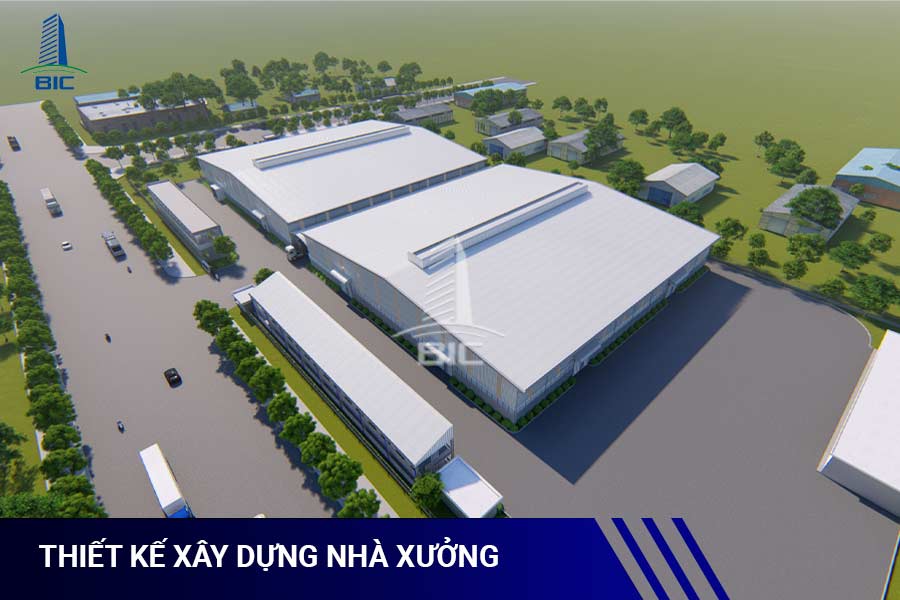
To mitigate investment risks and ensure operational efficiency, business owners need to understand key fundamentals related to the construction design process. These elements help businesses maintain full control over the project from preparation to construction and eventual operation.
The design process typically begins with a site survey, assessing factors such as topography, geology, surrounding infrastructure, and regional planning, all of which directly influence design solutions.
Next, the design team prepares a preliminary concept that defines the layout, functionality, and architectural direction. The subsequent stage involves detailed design of architecture, structure, and technical systems (electricity, water, fire protection, ventilation) to create a complete set of construction documents. Finally, the design documents undergo technical appraisal before being handed over to the investor.
Skipping or performing any of these steps superficially can lead to delays, cost overruns, or technical issues during the facility’s operation.
Legal compliance is a critical foundation for any project to proceed. Business owners must prepare construction permits, fire safety documentation, environmental assessments, and land-use documents. Design documents must also comply with national technical standards (TCVN, QCVN).
For example, a factory project must obtain fire prevention and fighting approval before construction begins. Without it, the project could be suspended or fail final inspection. Legal compliance is not merely a procedural requirement, it safeguards the project’s long-term legal safety.
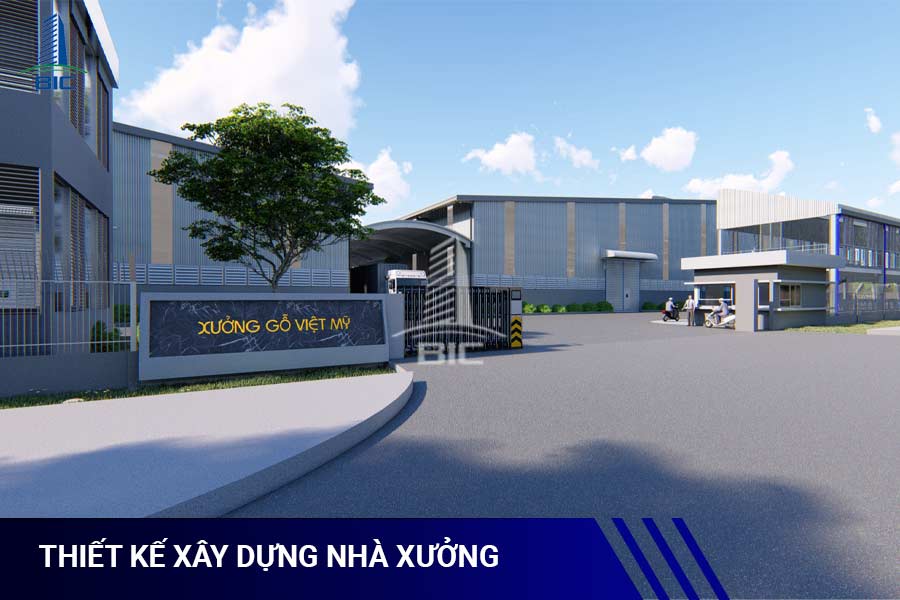
Accurate cost estimation is an essential tool for managing budgets. During the design stage, detailed calculations must be made for material quantities, labor costs, infrastructure expenses, and potential contingencies. A thorough cost estimate allows businesses to compare different solutions and select the most cost-effective option.
For instance, when building a factory, a company can compare pre-engineered steel structures with reinforced concrete to determine the most cost-efficient solution that still meets functional needs. Without careful estimation, the project may exceed the initial budget, disrupting the company’s cash flow.
The quality of construction drawings and design documents depends directly on the capability of the design company. A reliable firm should have professional licenses, a proven track record, and relevant project experience. They not only ensure compliance with technical standards but also support the construction phase by resolving issues as they arise.
For example, in a factory design project, an experienced firm can anticipate future expansion needs and propose suitable structural solutions, saving the business significant renovation costs later. Conversely, hiring an inexperienced team may lead to technical errors, project delays, and expensive revisions.
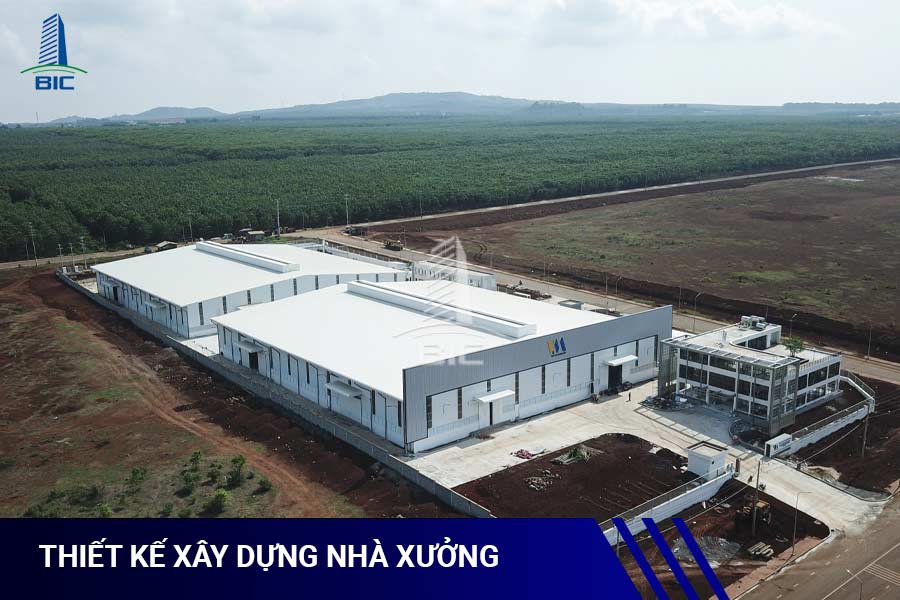
A factory is the core of production operations, where the entire process from raw material intake to finished product output takes place. Therefore, factory design is not just about aesthetics or structure; it directly influences productivity, operating costs, and future scalability.
The factory layout must follow a logical flow of material movement from receiving goods → production → storage → shipping. Poor layout planning can disrupt production lines, increase transport time, and raise labor costs. An optimized design minimizes intersections, enables continuous machine and personnel movement, and significantly boosts overall efficiency.
Technical systems are the lifeblood of a factory. Electrical distribution should be planned according to production zones, storage, and office areas to prevent overload. Water supply and drainage must meet production demands while ensuring wastewater treatment complies with environmental standards. Ventilation and lighting should be designed to ensure safe working conditions while conserving energy.
Additionally, fire prevention and fighting (PCCC) systems are mandatory, including fire alarms, automatic suppression systems, and emergency exits arranged according to TCVN and QCVN standards.
A common mistake in factory design is focusing only on current needs without considering future growth. As production scales up, businesses often require more space or higher technical capacity. If the factory is not designed with flexibility in mind, future expansion can be extremely costly potentially requiring a complete overhaul. Therefore, designs should include provisions for additional space, structural load capacity, and utility system scalability to support long-term growth.
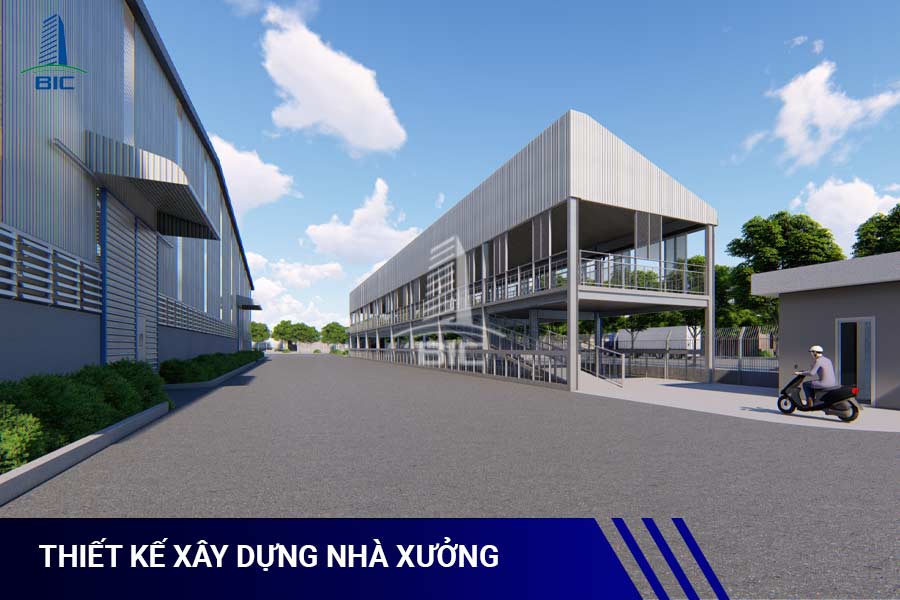
Many companies prioritize construction over design or treat the design stage superficially, leading to significant consequences from financial losses to reduced production efficiency.
Some investors choose design firms based solely on the lowest price, disregarding their technical expertise. As a result, drawings may lack detail, fail to account for structural integrity, technical systems, or future scalability. During construction, these issues require revisions, causing delays and significantly higher costs than the initial savings.
Design documents form the basis for obtaining construction permits, fire safety approvals, and environmental assessments. If legal requirements are not fully met, submissions may be repeatedly rejected, extending waiting times and disrupting business schedules. This risk is even greater in large-scale projects like factory construction, where delays directly affect investment plans.
Another common mistake is separating design and construction teams, leading to poor coordination. If drawings are not aligned with on-site conditions, contractors are forced to make adjustments, deviating from the original design. This not only increases costs but also poses safety risks. Conversely, when the design firm remains involved throughout construction, issues can be promptly addressed, ensuring the project meets quality and technical standards.
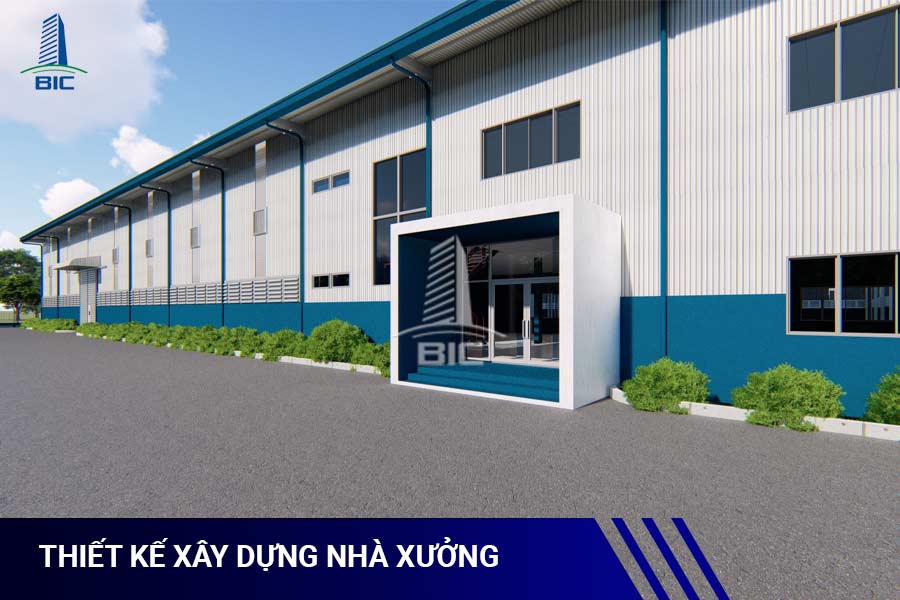
A high-quality construction design not only meets current functional needs but also provides long-term advantages in cost, legal compliance, and operational efficiency. Serious investment in this stage builds a solid foundation for sustainable business growth.
Thoroughly calculated designs minimize unexpected costs during construction. Choosing the right materials, structural solutions, and technical systems from the outset reduces waste and saves maintenance costs during operation. For large-scale projects like factories, this optimization can save businesses billions of VND.
A design that fully complies with TCVN, QCVN, and legal requirements will pass approvals and permitting processes more smoothly. This enables businesses to confidently execute projects without fear of suspension or repeated document revisions. Moreover, compliant design ensures safety and minimizes technical incidents during operation.
Construction design is not just about structural calculations, it must also meet functional and aesthetic requirements. Offices need open, well-lit spaces; factories require logically arranged production lines; and warehouses must maximize storage capacity. When a facility meets its intended functions, operational efficiency improves and the space creates a positive impression on partners and clients.
A good design always anticipates future scalability. In factory projects, this is particularly crucial since production demands typically grow over time. When a facility is easy to expand or upgrade, businesses save on renovation costs and maintain long-term competitiveness in the market.
Construction design is not merely a preparatory step, it is the foundation that determines the success of every project. A high-quality design helps businesses control costs, ensure timelines, comply with legal requirements, and maximize the facility’s performance throughout its lifecycle.
In particular, for factory projects, design plays a strategic role as it directly affects production capacity and future scalability. Conversely, neglecting or underestimating the design phase can lead to costly mistakes: unexpected expenses, project delays, and even legal non-compliance. These are errors many investors have faced, paying the price in capital, time, and lost business opportunities.
With proven experience in numerous industrial and civil projects, BIC reaffirms its pioneering role in delivering comprehensive, safe, and cost-optimized construction design solutions. By choosing BIC as a partner, businesses not only receive a compliant, high-quality facility but also secure a robust infrastructure foundation for long-term growth.